In recent years, the quality of communication and interaction among the ship’s crew has become a key factor for navigational safety. Many accidents in the fleet are not caused by technical faults, but by poor communication within the crew. To enhance safety at sea, the Manila amendments to STCW Code 78/95 introduced competence requirements related to leadership, teamwork, and management skills (Table A-VI/1-4). These requirements aim to equip the crew with effective leadership, teamwork, and management skills for use on board a ship.
Table A-VI/1-4 of the STCW Code 78/95 includes a competency that states: “To promote effective human relations on board ship”. According to this competency, the ship’s crew should know and understand the basic principles of teamwork, including conflict resolution. We would like to point out some challenges that make it necessary for top officers and other crew members to receive special conflict management training.
Resolving conflicts onboard a vessel is not just essential for a harmonious working environment, it can also have a positive impact on the mental health (https://www.seafarerswelfare.org) of crew members. Conflicts among crew members can lead to stress, anxiety, and depression, which can have long-lasting effects on mental health. By actively working to resolve conflicts, crew members can reduce the stress and tension that can arise from disagreements and disagreements can be resolved before they escalate into bigger problems. Encouraging open communication and providing conflict resolution training can help crew members feel more comfortable expressing their concerns, which can help prevent conflicts from occurring in the first place. By promoting a positive onboard atmosphere, crew members are more likely to feel supported, valued, and respected, which can contribute to better mental health and overall well-being. By prioritizing conflict resolution and mental health, crew members can work together more effectively and create a positive and productive working environment onboard a vessel.
First, in closed hierarchical structures (such as the ship’s crew), there is no culture of dealing with conflict as a normal phenomenon. Conflict is often hidden “until the last moment”, and it is not common to name a problematic situation as “a conflict”. This is due to both cultural tradition and the lack of specific training of crew members, who often have to resolve conflicts based on their personal life experience or conceal their difficulties in resolving such situations from others, which creates psychological tension within the crew.
Second, the existing “traditional” methods of conflict resolution are designed for the former system of relations in the crew and rely mostly on various coercive options for “forcing” conflict situations to be resolved - from isolating the conflicting parties to eliminating the object or party of the conflict. This approach, on one hand, reflects the high degree and cost of risks associated with having a conflict situation on board and, on the other hand, cannot address the whole range of diverse conflict issues, especially in the current realities.
Third, the atmosphere in the crew and, consequently, its management style, are influenced by changes in the terms and traditions of seaman training, when people who graduated from maritime school and saw being a seafarer as a calling are replaced by people who came to the fleet from other fields, with short-term training and basic financial motivation to work on the vessel. These two categories will have different approaches to management and, especially, to conflict resolution.
Last but not least, the increase in the number of women in the fleet in recent years, especially in the command structure, has raised the gender aspects of communication and the emergence of relevant themes in conflicts.
What types of onboard conflicts can we identify?
Considering the above, we can identify some of the types of conflicts that arise in crew work based on various grounds:
I. By participant in the conflicts:
- within the officers;
- within the officers and the ratings;
- within the ratings;
- between the crew and shore-based staff (office, port staff).
II. Depending on the ship type:
- conflicts specific to passenger vessels;
- conflicts specific to cargo ships;
III. By the content of conflicts;
- related to technical tasks and operational issues;
- behavioral;
- related to the multicultural environment;
- world outlook;
- interpersonal.
IV. By different types of cultures:
- interethnic;
- on religious grounds;
- on the clash of different cultures;
- based on gender interaction.
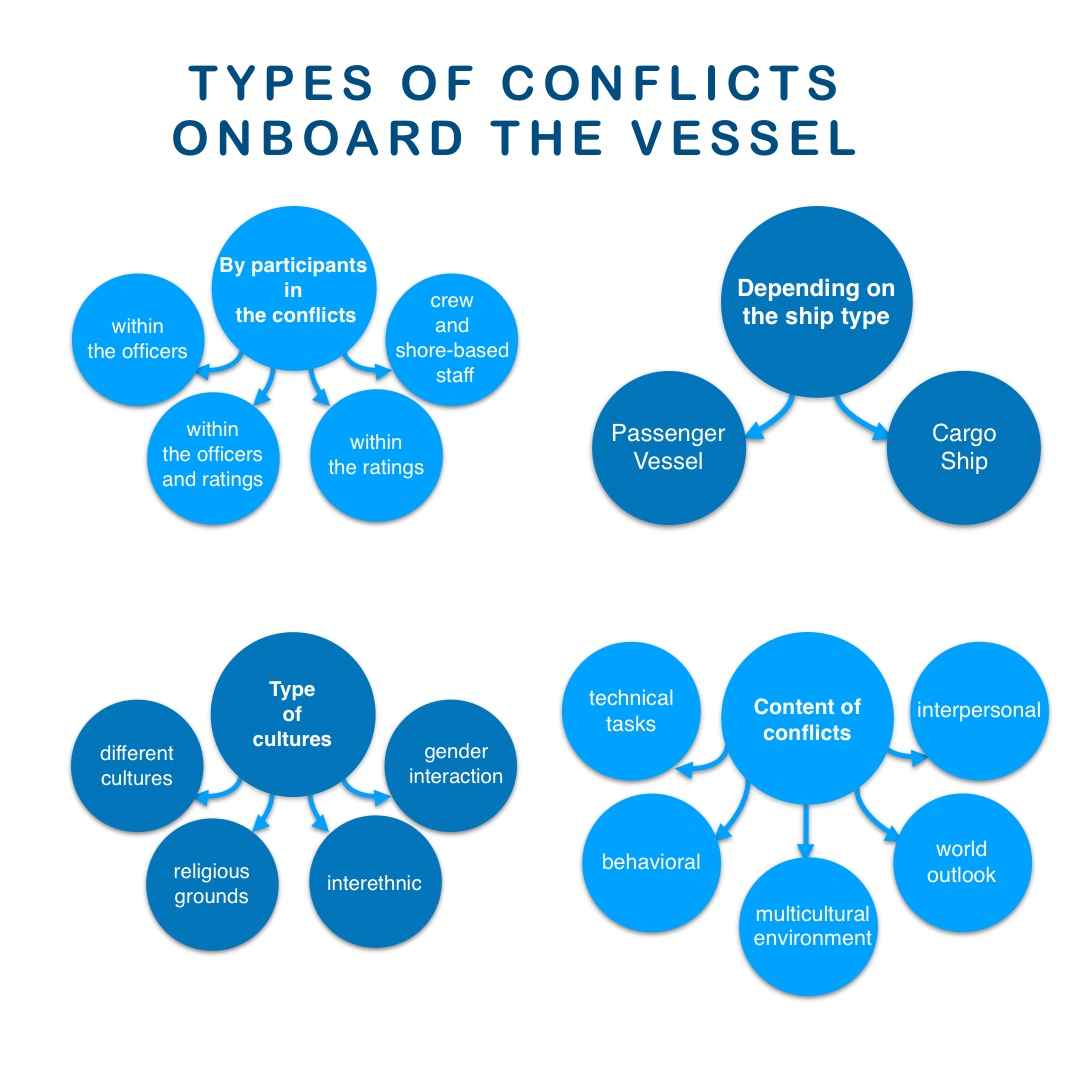
What "stress and tension" zones exist onboard?
Typical 'stress zones' and the range of potentially problematic topics/issues can also be identified:
- within bridge team (engine team) - organizational issues;
- within deck (machinery) team - interpersonal interaction, discipline;
- between chief officer - deck crew (Bosun, Sailors) - discipline, interpersonal interaction;
- between master - chief engineer - organizational and communicative;
- between bridge team - engine team (shipmasters and mechanics) - between working issues related to fulfillment of functional duties;
- between crew - shipowner - financial, supply, catering, and accommodation;
- between master-shore services - communication, the establishment of clear and coordinated interaction on the vessel's maintenance by the shore services.
The list of "tension zones" and types of conflict can be expanded if necessary.
In addition, specific conditions can be identified that affect the development of conflicts on the ship:
- the duration of the voyage;
- confined space;
- the possibility/impossibility of going ashore;
- deprivation;
- multiculturalism and cultural distance;
- environmental influences (seasonal climate, extreme temperatures, etc.);
- working conditions (rotational hours, intensity and exertion, etc.);
- openness of lifestyle (no privacy);
- the presence of a strict hierarchy in relationships.
Which conflict management tools exist to help in a difficult situation?
The complexity and diversity of conflict situations and their associated factors require the use of the widest possible range of conflict management tools. Modern conflict competence involves the ability to analyze conflict, to detect the subtle markers and signals of conflict, to have a variety of skills and strategies for managing and resolving conflict, to understand and anticipate the consequences of conflict and to make the outcomes of conflict resolution sustainable.
However, we would like to stress that this is only about expanding and enhancing the tools and approaches to conflict resolution available to the officers, not discarding proven ‘traditional’ approaches. In general, applying conflict competence provides insight into the following:
1. The separation of conflicts into a separate sphere of communication provides additional opportunities for managing and resolving such situations.
2. Early detection of conflict contributes to reducing its intensity and avoiding full-scale escalation.
3. The conflict always requires an individual approach irrespective of its apparent "typicality".
4. An applied approach to conflict resolution enriches the arsenal of negotiation strategies and enables the management of power and emotions in conflict.
5. It also provides an opportunity to transform the energy of competition into cooperation and thus to increase interaction and cooperation with those with whom conflict occurs.
6. Furthermore, it offers a chance to maintain the relationship despite the jointly experienced conflict. This is especially important in the area of interaction with employers.
Conclusion
Developing specialized conflict competence is important for the crew members’ own communication and for helping them, regardless of rank and status, understand where and how they can get involved in conflict situations with colleagues. It is important to remember that creating a positive atmosphere on board and ensuring crew comfort ultimately enhances work efficiency and safety at sea. Conflicts are inevitable, but they can be managed.
Don't let conflicts onboard a ship become a safety threat! Learn how to resolve conflicts and create a harmonious atmosphere on board.
If you have any questions regarding conflict resolution, please email us - at mcrconflicts@gmail.com.

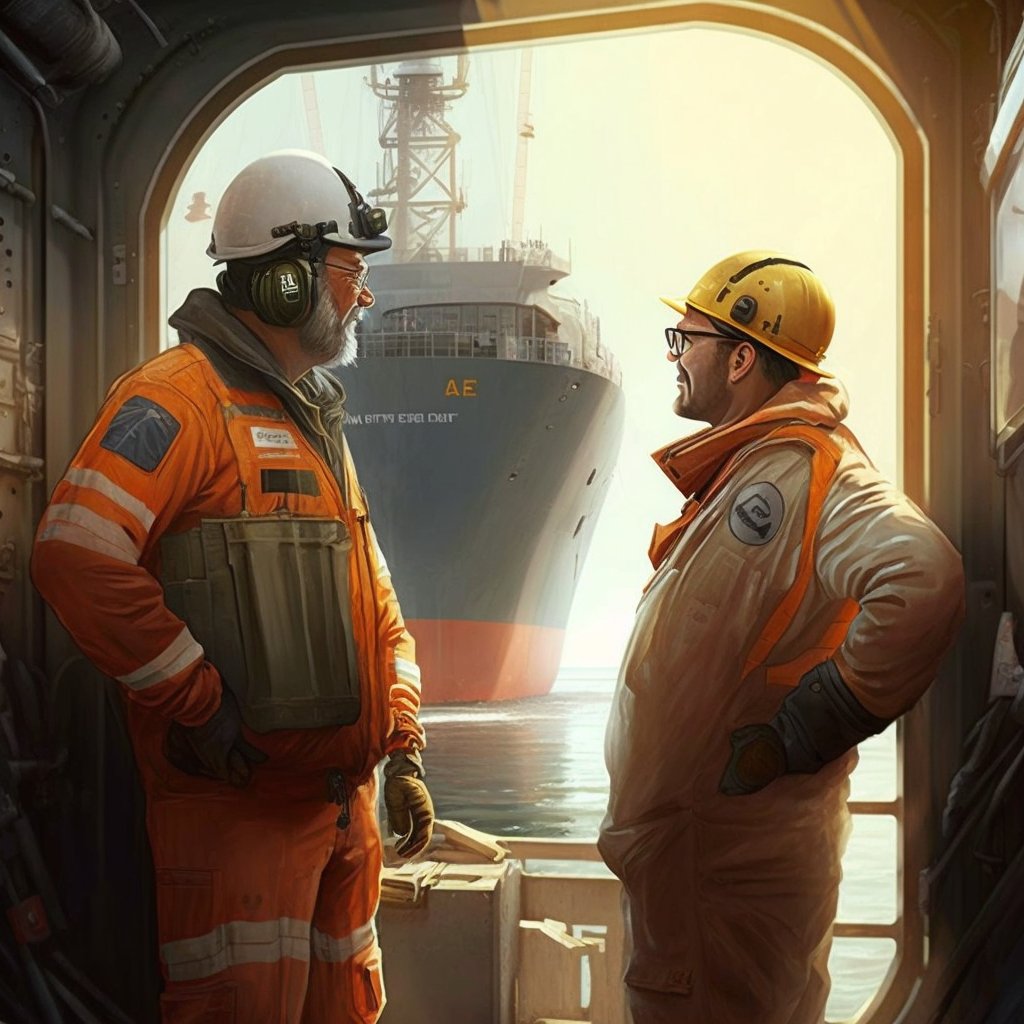
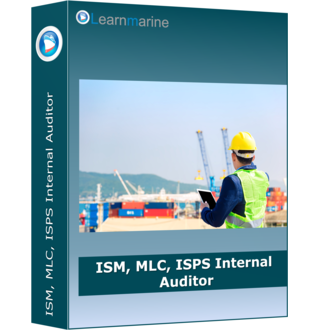

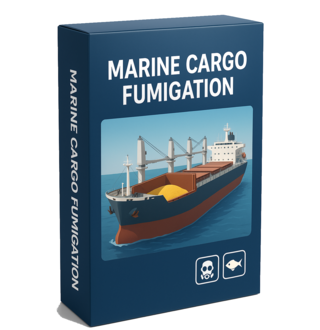


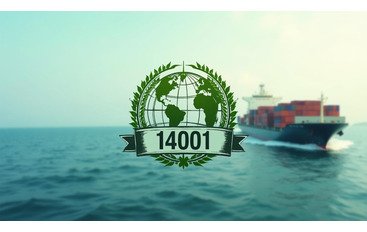
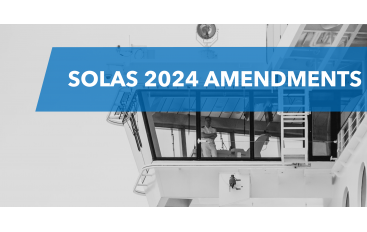
Comments